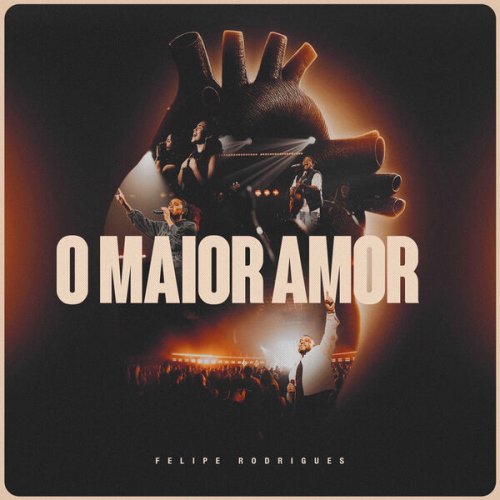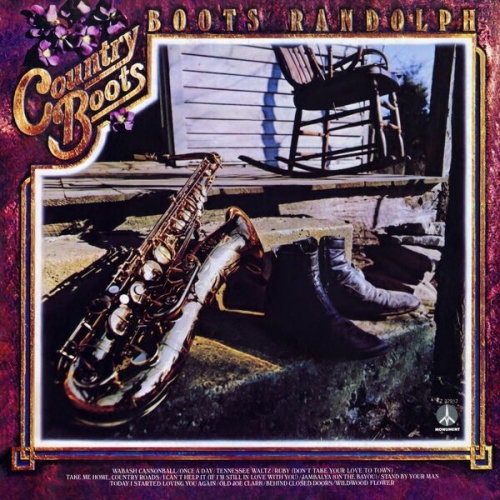Hilary Davan Wetton, Milton Keynes City Orchestra - Raff: Symphonies Nos. 3 & 4 (1993)
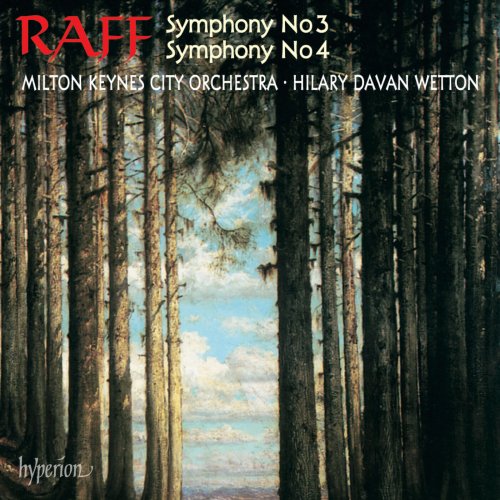
Artist: Hilary Davan Wetton, Milton Keynes City Orchestra
Title: Raff: Symphonies Nos. 3 & 4
Year Of Release: 1993
Label: Hyperion
Genre: Classical
Quality: flac lossless (tracks) +Booklet
Total Time: 01:19:15
Total Size: 310 mb
WebSite: Album Preview
TracklistTitle: Raff: Symphonies Nos. 3 & 4
Year Of Release: 1993
Label: Hyperion
Genre: Classical
Quality: flac lossless (tracks) +Booklet
Total Time: 01:19:15
Total Size: 310 mb
WebSite: Album Preview
01. Symphony No. 4 in G Minor, Op. 167: I. Allegro
02. Symphony No. 4 in G Minor, Op. 167: II. Allegro molto
03. Symphony No. 4 in G Minor, Op. 167: III. Andante, non troppo mosso
04. Symphony No. 4 in G Minor, Op. 167: IV. Allegro – Vivace
05. Symphony No. 3 in F Major, Op. 153 "Im Walde": I. Allegro. Daytime
06. Symphony No. 3 in F Major, Op. 153 "Im Walde": II. Largo. In the Twilight
07. Symphony No. 3 in F Major, Op. 153 "Im Walde": III. Allegro assai. Dance of the Dryads
08. Symphony No. 3 in F Major, Op. 153 "Im Walde": IV. Allegro. At Night
Like many composers before and since, Joseph Joachim Raff was faced with a stark choice: to fulfil an urgent desire to write music, or to make a living in order that he might survive and possibly enjoy the freedom to compose later. And, like others, he found the effort to combine the two ambitions a severe strain. If it had not been for a fortuitous event in 1845 he might have spent his days as an obscure music teacher.
He was born on Wednesday 22 May 1822, near Zürich, into a family which had recently found refuge in Switzerland after fleeing from Württemberg where Raff's organist father had faced conscription into the French army. Funds were short. By the age of about eighteen Raff was composing piano music in his spare time, but he had to support himself with a routine teaching post. Some of his works came to the attention of Liszt. Impressed, Liszt was instrumental in getting them published by Breitkopf und Härtel in Leipzig in 1844, and the following year came the opportunity that brought Raff eventual fame. Liszt was to play in Basle and in order to see the great man, to hear him play and to thank him personally, Raff undertook the long walk from Zürich (some fifty miles)—a daunting journey even for a young man of twenty-three. He was rewarded generously, for the influential Liszt took to Raff and secured him a musical position, firstly in Cologne and later with Schuberth, the Hamburg music publishers. In these posts Raff gained experience and continued to compose for the piano.
However, it was not as a composer that his next advance came, but as a live-in assistant to Liszt in Weimar in 1850. He endured it for six years, gratefully gaining more experience with the now world-renowned virtuoso composer, but Raff's own composing ambitions finally drove him to eut his ties and set himself up as teacher and composer in Wiesbaden. Now married, Raff met his new responsibilities with a flood of compositions and began to find real personal fame away from the benign but overwhelming shadow of Liszt.
Raff's first opera, King Alfred, had been given in Weimar in 1851, and another, Dame Kobold, came in 1870, but other dramatic attempts found no outlet. His numerous contributions to the enormous repertoire of nineteenth-century piano music, however, were more successful, for much of it was aimed at the lucrative populär market of pieces for the salon. One of these survived the catastrophic decline of Raff's popularity after his death and he was long thought of, if at ali, as a one-work composer. Raff's Cavatina, like Dukas's The Sorcerer's Apprentice and Järnefelt's Praeludium, stood for years as the sole representative of its composer's output. Today his considérable worth is being realized as recordings, and even the occasionai concert and recital, are bringing into the open his Chamber works, songs, music for choir and concertos for the violin, cello and piano. Central to his orchestral music are four Shakespeare overtures and eleven symphonies, eight of them hearing subtitles reflecting literary or programmatic content. Titles such as 'To the Fatherland' (Symphony No I), 'Lenore' (No 5, based on a poem by Gottfried August Bürger), 'In the Alps' (Symphony No 7) and four Symphonies (Nos 8 to I I) related to the seasons of the year, contributed to the fame Raff enjoyed later in life. His last five years were spent as director of the Frankfurt Conservatory, in which post he died in June 1882, aged sixty.
Symphony No 3 in F major Op 153 'In the Forest'
A fresh, open atmosphere is conveyed by the transparent scoring of this first movement: those are doubtless birds twittering and fluttering amongst the branches of this forest. Raff is faithful to established sonata form, content to offer his invigorating view of sylvan delights without allowing our concentraron to be distracted by 'progressive' formal elements. A similar mood is evoked in the Largo as evening approaches. The outer sections are notable for the affectionate duet of clarinet and horn while the darkening scene is skilfully conveyed by the writing for strings.
Given the subject matter of the third,movement and Raff's milieu it is almost inevitable that the spirit of Mendelssohn should be conjured up in the Scherzo. In the Finale the dryads yield to encroaching night and to the hunters of the wild forest who take possession of the darkling scene in a blustering march which displays Raff's admirable control of sustained invention. There is a magical transition to the chorale-like coda as dawn once more floods through the forest.
Symphony No 4 in G minor Op 167
This Symphony carries no declared programme but some earnest subject was evidently in the composer's mind as the opening on cellos gradually expands, gaining in confidence and power. In the second group the swinging pulse is maintained but is set against a broken staccato rhythm which, when allocated to woodwind, suggests, for a fleeting moment, Elgar. The main thrust of this second group, however, is the folk-like melody heard on cellos, then oboe. First violins are put to the test in the contrapuntal development, a section that again speaks of serious matters, and the recapitulation reintroduces the earlier subjects in the same order, closing with a forceful coda.
Once again Mendelssohn's feather-light music is recalled in the Scherzo but this is not to detract from the personality of Raff since Mendelssohn's influence in such a movement was extremely powerful throughout the nineteenth century, extending Europe-wide and virtually creating public demand that a scherzo should feature rapid string figuration and exquisite woodwind writing. For all that, Raff's own character still emerges intact. It is heard at its most winning in the Andante, whose solos for bassoon and oboe show a resourceful lyrical gift that is, as it were, challenged by the disruptive nature of the contrasting material. By some mysterious alchemy, these elements become complementary towards the end.
A brief reference to the first movement opens the Finale before a change to G major introduces the dancing woodwind theme of the movement. Hilary Davan Wetton draws attention to the heavy demands made upon the violins in this Symphony, demands of particular severity as the Finale moves through several keys before returning to the tonic in a series of arresting string unisons. One last recollection of the first movement on horn is quickly despatched by a coda impatient to seal the Symphony in affirmative mood.
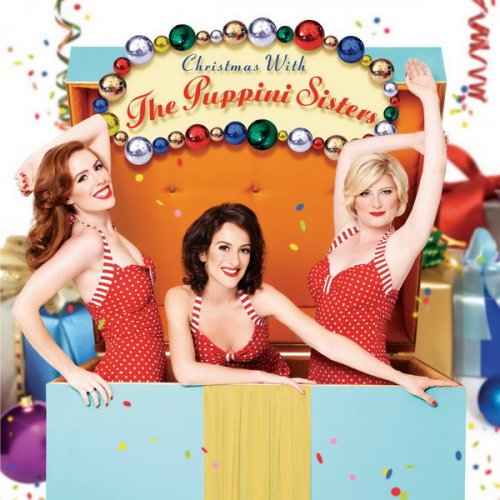
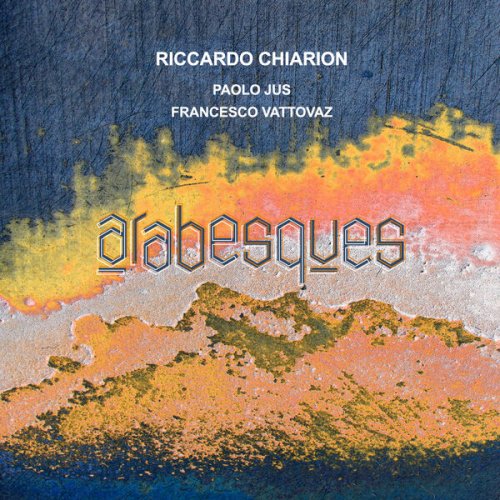
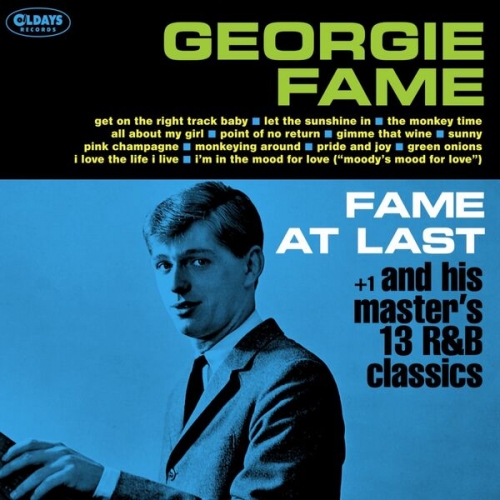

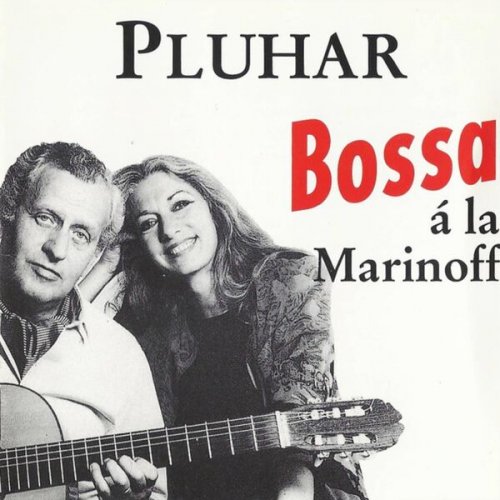
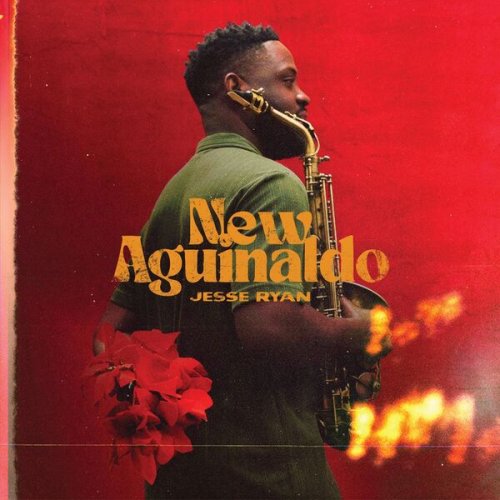
![Lionel Hampton - Jam Session in Paris (Remastered) (2022) [Hi-Res] Lionel Hampton - Jam Session in Paris (Remastered) (2022) [Hi-Res]](https://www.dibpic.com/uploads/posts/2025-12/1766737729_lhjp500.jpg)
